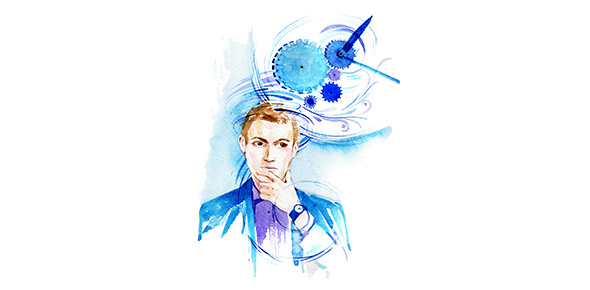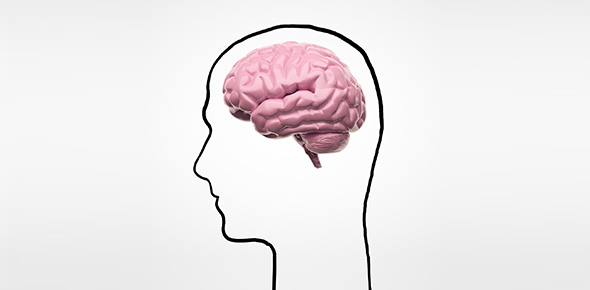Related Flashcards
Related Topics
Cards In This Set
| Front | Back |
|
Long-term potentiation is an example of
a. an emotional state b. a potential learning mechanism c. a homeostatic mechanism d. related to the leaky barrel hypothesis |
B. a potential learning mechanism
|
|
Aplysia was an animal talked about in class because it
a. reproduces well b. it has clear intra- and extracellular compartments c. it is a simple "model" system d. has very complex behaviors e. all of the above |
C. it is a simple "model" system
|
|
3. The fluid surrounding brain cells is called _________ fluid.
a. isotonic b. intracellular c. hypertonic d. intravascular e. extracellular |
E. extracellular
|
|
To maintain proper fluid balance, the body contains two sets of receptors, one that measures volume
of the ________ and the other measures the volume of the __________. a. urine; blood b. supracellular fluid; cells c. blood; cells d. supracellular fluid; sodium ions e. renin; atrial receptors |
C. blood; cells
|
|
Osmoreceptors are found in the
a. inferior hypothalamus b. zona incerta c. zona tonicity d. circumventricular organs e. none of the above |
D. circumventricular organs
|
|
The short-term fuel reservoir is located in the
a. Pancreas b. small intestine c. large intestine d. adipose tissue e. liver |
E. liver
|
|
Glucagon
a. has effects similar to insulin b. converts glycogen to glucose c. transports glucose into the cells d. converts glucose to glycogen e. a & c |
B. converts glycogen to glucose
|
|
Carbohydrate reservoirs will protect ___ at the expense of other tissues.
a. Reproduction b. Brain c. Thermogenesis d. none of the above e. all of the above |
B. Brain
|
|
. During the fasting phase of metabolism
a. stores of glucose are utilized b. insulin is the primary hormone used c. glycerol and fatty acids are converted into triglycerides d. excess nutrients are stored in the liver, muscles, and adipose tissue e. a & b |
A. stores of glucose are utilized
|
|
Lesions of the ventromedial hypothalamus
a. abolish eating b. decrease carbohydrate intake c. result in overeating and obesity d. decrease aldosterone production |
C. result in overeating and obesity
|
|
After an increase in the solute concentration in the extracellular (intrastitial) fluid in the body, you
will most likely experience: a. a set point b. Osmotic thirst c. Hypovolemic thirst d. Hunger |
B. Osmotic thirst
|
|
The reason(s) used to argue that intracranial, electrical self-stimulation in the septum and the
othalamus did not reflect motivated behaviors (i.e., it was an artifact) because a. The animals pressed the bar at such a high rate b. The animals would walk away from the bar unexpectedly c. Bar pressing was susceptible to fast extinction d. The animal would need “priming” at each new session e. C & D |
E. C & D
|
|
Individuals who have lost sodium and other solutes:
a. may experience a craving for salty tastes. b. Must learn by trial and error to replace the correct amount. c. Will often experience a craving for vitamins d. Lose ability to discriminate among tastes. |
A. may experience a craving for salty tastes.
|
|
When Roger Sperry cut the optic nerve and rotated frog’s eyes 180
a. nerve fibers never regenerated b. nerves took a straight line pathway to the same quadrant of the tectum (e.g., lower right to lower right) c. regenerated nerves projected to their original targets in the tectum d. chemical cues inhibited nerve-target localization |
C. regenerated nerves projected to their original targets in the tectum
|
|
. The anti-suicide factor NGF
a. is transported retrogradely through projecting axons b. mediates competition of presynaptic cells for targets c. pairs a sufficient number of projection neurons with a corresponding number of targets d. is secreted from postsynaptic sites e. all of the above |
E. all of the above
|







